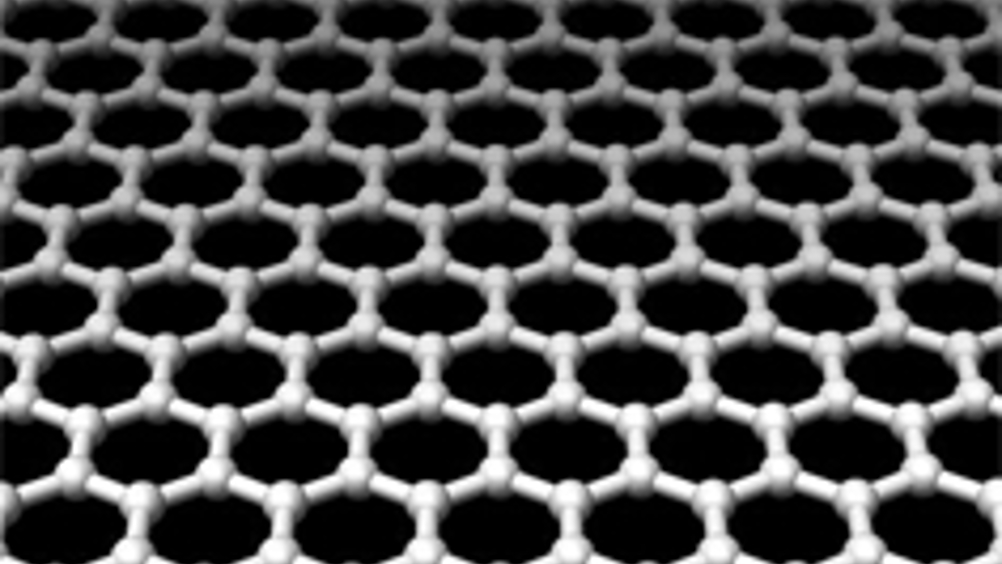Graphene battery electrodes enable fast recharging
Engineers at Jessup, Maryland-based Vorbeck Materials are working with their counterparts at the Pacific Northwest National Laboratory (PNNL), to develop Li-ion battery electrodes using Vorbeck’s unique graphene material, Vor-x.

The new electrodes could enable electronic devices and power tools that use batteries to recharge in minutes rather than hours, or function as part of a hybrid battery system to extend the range of electric vehicles.
The engineers at PNNL, in collaboration with Prof Ilhan Aksay at Princeton University, have demonstrated that small quantities of high-quality graphene can dramatically improve the power and cycling stability of Li-ion batteries, while maintaining high energy-storage capacities.
PNNL and Princeton’s work in the field of graphene-based battery electrodes, together with Vorbeck’s expertise in the production and application of high-quality graphene, will now enable the rapid commercialisation of the energy storage technology.
Vorbeck is already working with materials distribution and supply company Targray Technology International to bring novel battery electrode materials to market.
John Lettow, president of Vorbeck Materials, said: ’We are excited to be working with the talented team at PNNL and to add battery electrode materials to our list of graphene-based products.’
Register now to continue reading
Thanks for visiting The Engineer. You’ve now reached your monthly limit of news stories. Register for free to unlock unlimited access to all of our news coverage, as well as premium content including opinion, in-depth features and special reports.
Benefits of registering
-
In-depth insights and coverage of key emerging trends
-
Unrestricted access to special reports throughout the year
-
Daily technology news delivered straight to your inbox










Simulations show Optimal Design for Bladeless Wind Turbines
"an 80cm mast" Really? I'm short but that's only half my height! Do they mean 800cm?